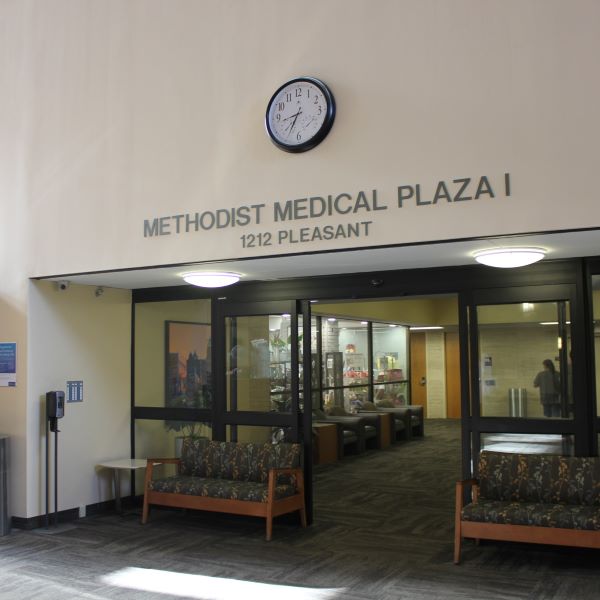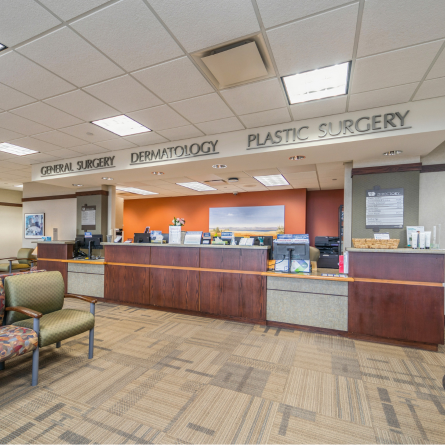Colon & Rectal Cancers We Treat
Colorectal cancer can develop anywhere up and down the bowel. No matter where it begins, we help put an end to it. Our colorectal surgeons routinely check for and treat common cancers like colorectal adenocarcinoma as well as rarer forms of cancer in the rectum or colon.





